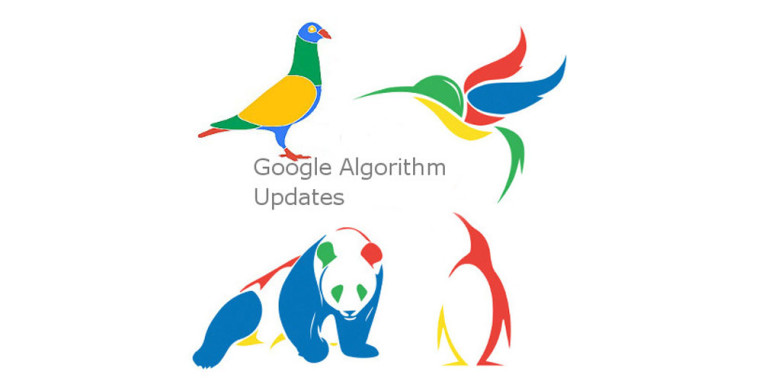How To Perform An SEO Audit Like a Pro – A Step by Step Guide
Table of Contents
- 1 Why does an SEO Audit occur?
- 2 A Quick Recap of the highest SEO Ranking Factors
- 2.1 What are the Quality Scores of your site?
- 2.2 On-Page Content
- 2.3 SERP User Metrics
- 2.4 On-Page User Metrics
- 2.5 Traffic rule Metrics
- 2.6 Link Building Metrics
- 2.7 Auditing Core Website Elements
- 2.8 Site / Domain Age
- 2.9 Canonical Lookup
- 2.10 Robots.txt
- 2.11 .htaccess files
- 2.12 Friendly URLs
- 2.13 Sitemap
- 2.14 Site in Google Index
- 2.15 Basic Penalty Check
- 2.16 Total No. of Pages Indexed
- 2.17 SSL Certificate
- 2.18 Doing an SEO Content Audit of the location
- 2.19 Title Tag with Keywords
- 2.20 Unique Title Tag
- 2.21 Spammy and Titles
- 2.22 Descriptions
- 2.23 Spammy Descriptions
- 2.24 Heading Tags
- 2.25 Images
- 2.26 Videos
- 2.27 Word Count
- 2.28 Keyword Density
- 2.29 Multimedia
- 2.30 Internal Contextual Linking
- 2.31 Spammy Content on Page
- 2.32 Duplicate Text
- 2.33 Content Freshness
- 2.34 Secondary Content (altshiftA)
- 2.35 Images hiding content
- 2.36 Ads to Content Ratio
- 2.37 Local Site, Title with Location
- 2.38 OBLs to Authority sites
- 2.39 User experience and content layout
- 2.40 Proper Grammar
- 2.41 Standing call at the SERPs
- 2.42 Google Evaluating a new Page.
- 2.43 BBB and Other Certifications
- 2.44 Navigational Issues
- 2.45 Supplementary Content
- 2.46 Presence of Blog
- 2.47 Number of Posts
- 2.48 Quality of Posts
- 2.49 Rich Snippets
- 2.50 Click Depth to Main Pages
- 2.51 Presence of Categories
- 2.52 Overall Silo Structure
- 2.53 Core Pages
- 2.54 Other Essential Pages
- 2.55 OnSite Reviews / Testimonials
- 2.56 Auditing Site Analytics
- 2.57 Bounce Rate and Time on Site
- 2.58 Notices from Google
- 2.59 Sudden Traffic Drops
- 2.60 Broken Links record, 404 errors and Missing Pages
- 2.61 Current Keywords Ranking Health
- 2.62 Desktop and Mobile Speed Tests
- 2.63 Backlinks Profile Audit
- 2.64 Social Media Audit
- 2.65 Local SEO Audit
- 2.66 NAP Data
- 2.67 Contact Us Page / Footer Insertion
Why does an SEO Audit occur?
Doing a radical SEO audit will assist you in understanding how a site stands versus the competition. Gone are the times where you will just slap out garbage content sites and throw links at them using automated SEO tools to ascertain results quickly, which doesn’t work anymore. You would like to know why your site stands where it does.
A Quick Recap of the highest SEO Ranking Factors
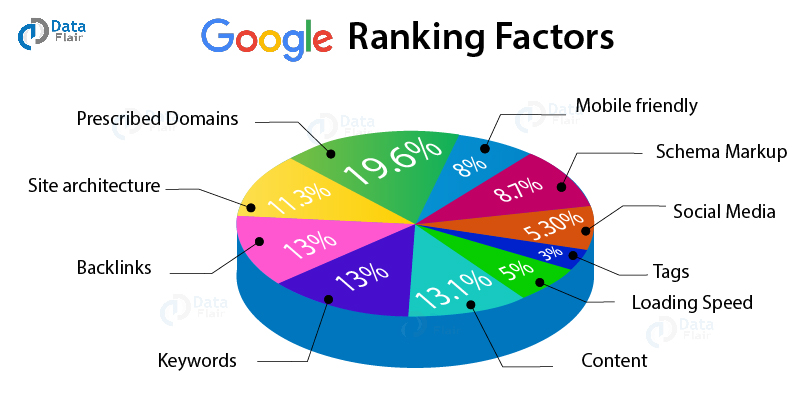
In case you missed a number of my previous posts and videos on YouTube, here’s a quick note on what you would like to understand about the new ranking factors.
What are the Quality Scores of your site?

The primary factor to rank sites is to get a quality of feedback Google assigns to your site. Each website has an “entity database” with Google and is assigned a sort of “Quality Score” metric.
On-Page Content
How does your site’s content align with the competition (semantical relations of words using vector graphs) compared to the different ranking sites?
SERP User Metrics
What is the press rate on your listing when you rank SERPs compared to the different ranking sites?
On-Page User Metrics
How are users interacting and behaving once they visit your site? What is their dwell time, satisfying the search intent and terminating the search query, bounce rates, etc. again – compared to other opposite ranking websites?
Traffic rule Metrics
How is actual traffic flowing from your backlinks online, including your social signals and incoming social traffic?
Link Building Metrics

These are a number of the highest most ranking factors. However, you should note that every niche performs its own set of benchmarks and baselines for every one of those factors.
Auditing Core Website Elements

These are items that require to be checked right at the beginning. They’re associated with the general more significant site elements, which will help you get a targeted view of the audit as you keep going deeper into the contrasting elements.
Site / Domain Age
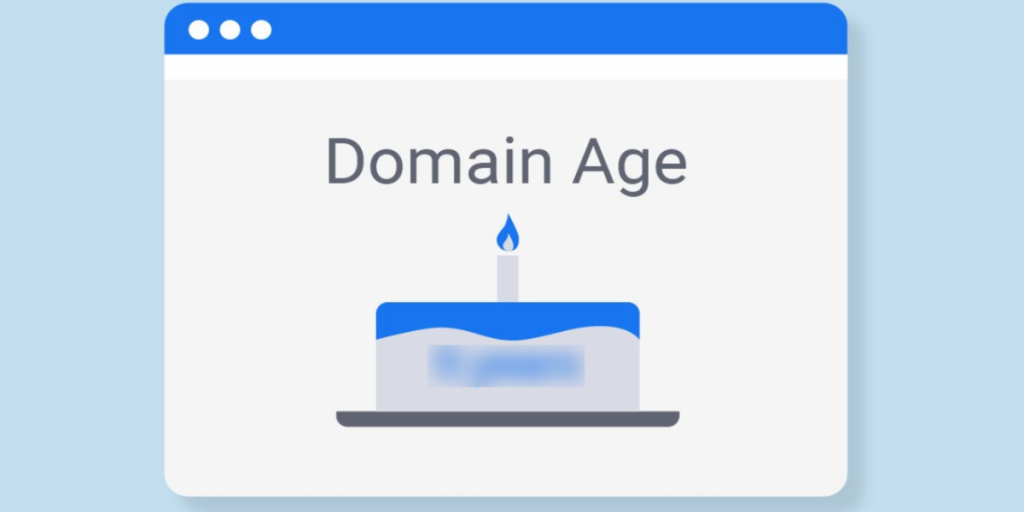
Sites that are registered (without letting them drop of expiring) have more domain age. Websites that have aged tons have skilled trust within the eyes of Google, IF, and as long as all other site metrics – including on-page and off-page are healthy.
Canonical Lookup
In some rare cases, other sub-levels used, but that’s a complicated topic for now. Simply access both the www and, therefore, the non-www URLs and see if the location resolves to at least one standard URL in both cases.
Robots.txt
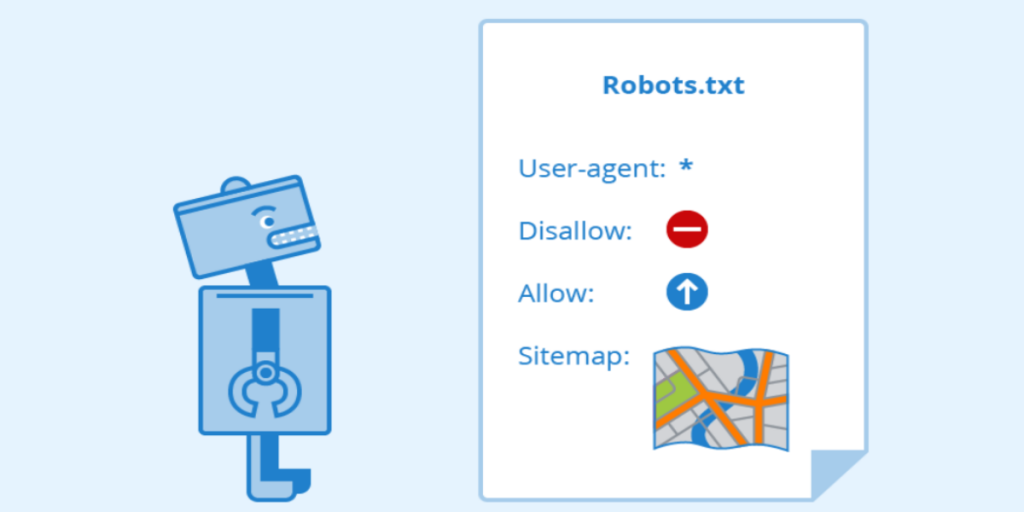
How well structured is that the robots.txt file? Does it exclude pages that end in duplicate content from being indexed (tags, category, etc.)?
.htaccess files
These .htaccess file tells your server what to try to to with when browsers access your site. You will define the individual URLs on your website and if it should resolve them to different URL structures using complex or straightforward commands that do the mapping.
Friendly URLs
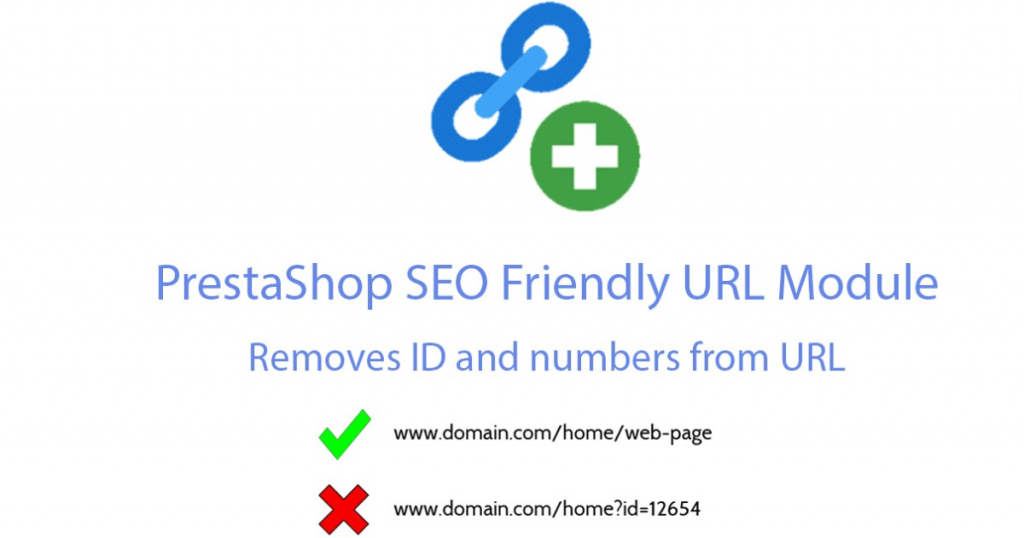
The core URL structure is safe from the URL parameters.
For example, text occurring within the URL of pages (address bar of the browser) on the location is like – ?postid=23345.
Sitemap
Your sitemap planned and appropriately structured through experts. A sitemap shows the Google bot, which pages to urge to, how, and the date they created or updated.
Site in Google Index
Continuously checking if your website is indexed correctly is essential. You’ll do that inside Search Console. You would like to make sure that each of your pages crawled and indexed, in which you do not have any 404 errors or other page indexing issues.
Basic Penalty Check
Google features a team of a manual webcam, and a posh automated spam checking system sends the notices to masters of the web through the Search Console warning them against issues.
Total No. of Pages Indexed
It’s vital that you simply check and compare the number of pages that indexed on your site. It is often a critical factor that you see because of pages that are not indexed.
SSL Certificate
An SSL certificate is an absolute must. Albeit you’re not providing visitors a login to access the fields and certain primary areas of your website – getting an SSL is essential now and does help boost your trust and support in ranking higher.
Doing an SEO Content Audit of the location
The trick in winning the content game is to write down the best content that drives in mentions, natural links, social votes, and real clicks from others in your industry. Niche causes you to an authority on the topic – while ensuring that every part of your creative content is technically the SEO optimized adequately.
Title Tag with Keywords
Having the first keyword, you would like to promote the ranking of the page for in its Title Tag, without stuffing the title (repeating the keyword quite once) is essential.
Unique Title Tag
Your Titles shouldn’t repeat across your pages and that they got to vary from those of your competitors.
Spammy and Titles
You must never write spammy titles that have keywords repeating or that do not add up (are spun) and appear only to undertake and obtain the page to rank higher.
Descriptions
You can add a Meta description for every page, using ready-made plugins like Yoast for your CMS like WordPress.
Spammy Descriptions
Just like title tags, don’t spam the outline or stuff it with equivalent keywords appearing over and once again. Write such as you would usually, and if it’s a product page, tell your users right away the bat what the page is about and even announce a special price within the description or a purchase.
Heading Tags
Every page optimized with proper Heading 1, Heading 2, Heading 3, Heading four tags. Have one H1, then the remainder of the page is often the opposite Heading tags.
Images
Having unique and top quality images is a must. Simplify lifting images from the other sites or open and Creative Commons or free stock photo sites isn’t the perfect method.
Videos
Uploading videos from your video channel on Youtube or popular videos in your niche from non-competing sites will assist you rank.
Word Count
Currently, around 1250 words of content do alright. However, you would like to see the competing pages for the precise keyword that you simply try to rank.
Lower than 800 keywords are not for initial ranking pages.
Keyword Density
The keyword’s density is the percentage of the appearance of your primary keyword against the whole number of words on the page. It is often one of the foremost vital factors once you optimize your pages for specific keywords.
Multimedia
Having different sorts of embedded content on your pages passes a positive signal. You’ll have a slideshow, podcasts, videos, etc. from your channel on other properties; otherwise, you can embed the popular media type from authority sites or trending/top-ranking content.
Internal Contextual Linking
Internal contextual links appear inside your Content body within the most content area of the page. These aren’t navigational links – which are different and appear mostly sitewide – on the header, footer or sidebars.
Spammy Content on Page
If you set spammy content on your site that’s spun, copied, makes no sense, is keyword-stuffed, etc., providing little or no value to the visitor, your site will get penalized quickly and can never rank for your keywords.
Duplicate Text
Your site must cope with the unique content only. If you are copying your content from other places, and if 80% of your site got duplicate Content, Google will not rank you for the keywords you’re trying to rank.
Content Freshness
Depending on your industry and niche, you must add fresh content to your website or updating the key pages or the highest-ranking posts, etc.
Google rewards content freshness with an instantaneous ranking boost, which will taper down over the weeks.
Secondary Content (altshiftA)
Secondary content is that it can’t be seen initially within the browser or Google bot. These things, like accordion effects, are examples where the user has to click to reveal the content.
Images hiding content
I am blackhat and will not be done – intentionally or by error. Confirm your site doesn’t have any areas where the pictures overlap the ContentContent thanks to CSS issues or site design and layout issues.
Ads to Content Ratio
The announcements to content ratio are vital once you have advertisements on your site. Google doesn’t want to penalize you for ads – but if you break the user experience with excessive ads throughout your pages – it’s an enormous red flag.
Local Site, Title with Location
If you’re a site or business targeting local visitors with an area presence within the areas you would like to rank for – you would like to make sure that your site Title Tag has the situation/region mentioned in it.
OBLs to Authority sites
These pages on your website, which are a long-form of creative content, are the key pages. You must have Outbound the Links to other “authority Sites” and pages in your industry or niche.
User experience and content layout
Each page of your website must perform a selected function, whether it’s a lead capture page or an extended content page. It must be appealing and show what one alleges to do.
Proper Grammar
While writing content on your pages with appropriate grammar and without spelling mistakes etc. does play an important role.
Standing call at the SERPs
You need to build a high-value Call to turn your Action in your SERP description
You must use Use Powerfull words like – you, free [best], no [today], new. because [“reason”]
Google Evaluating a new Page.
As you know, Google evaluates your page with a Google dance (many bounces in rank positions for equivalent search keywords over a brief period) when you publish it. It just enters into the database.
BBB and Other Certifications
You are having a BBB.org known as Better Business Bureau or the other certificates that association validates badges on your site boosts the efficiency of your website within the eyes of Google.
A site has navigational issues when it doesn’t channel down traffic to relevant pages during a transparent and conspicuous manner. It will happen when your messages aren’t clean enough, and you are not driving the press.
Supplementary Content
Supplementary Content is Content that doesn’t appear with the most content area of the page, but it seems in other secondary spaces. It will be as widgets or as the additional description in eCommerce product pages.
Presence of Blog
Most sites doing SEO got to have a blog. Almost every niche needs one lately. The blog must provide relevant content on the subject and establish the authority of the location for that topic.
Number of Posts
The number of posts within the blog area of the site and its frequency is a crucial factor.
Quality of Posts
By the quality of the post, we are talking about the general authority and skill to interact. A position with inferiority will eventually get lower engagement levels by users, which signal is going to be passed right down to Google finally – which will end in loss of overall quality score of the location.
Rich Snippets
Rich snippets are schematic tags that do various things on your site’s pages during a structured format. Google understand what the page is about better – and thus categorize the first page and then make it visually appear better.
Click Depth to Main Pages
CDM is generally the click depth to your main pages that refers to the number of clicks a user has got to perform to urge to your main pages.
Presence of Categories
If you have appropriate categories in your site, help classify the various content units in your website clearly and concisely, which also helps users navigate further content within sections that interest them more.
Overall Silo Structure

A good silo structure to your site is once you architect the pages and sections of your website so that regular visitors and the Google bot get links to other pages and articles relevant to the page or section they’re currently located in the area.
Core Pages
If you know which are your core pages, you are working fine. You’ll have a page that lists your core product purchasable or a page that’s your opt-in page for a replacement lead.
Other Essential Pages
Having the subsequent pages may be a must for each website. It builds the user’s trust and follows specific laws in each area and tells Google that you simply look after your users’ rights and keep them informed.
OnSite Reviews / Testimonials
Having a neighborhood where you insert customer testimonials or having your visitors leave reviews after they need to engage with your brand or products is usually a substantial factor that Google can measure.
Auditing Site Analytics
Site Analytics by Orchid, Google Analytics, and Search Console data reveal insights about users and your SEO that you simply cannot get elsewhere. Understanding the info each of them tells about your site and working on any problem areas is a component of excellent technical SEO.
Bounce Rate and Time on Site
One of the primary user behavior analytics you should measure is calculating the bounce rate of users to your site. You’ll see this inside the Google Analytics dashboard.
Notices from Google
If you connect your website with the Google Search Console, you should always get on the front for automated or manual messages.
Sudden Traffic Drops
It is looking around at your site’s historical data and then seeing if you had any sudden massive drops of traffic that coincide with a Google update.
Broken Links record, 404 errors and Missing Pages
You would like to attend to every warning appropriately telling Google that you simply fix the problem. Having an excessive 404 error will hurt your site if they’re 404s because anyone can cope up the 404s by pointing randomly to pages that do not exist from external places.
Current Keywords Ranking Health
Look at Search Console keywords ranking report back to see which keywords Google is ranking you for and rewarding you.
Desktop and Mobile Speed Tests
Testing your website’s looks and speed ensures that visitors are served your site quickly and do not click away.
Backlinks Profile Audit
It is always important to know what quite backlinks your site already has and how fast (link velocity) they were built etc.
Social Media Audit
It’s vital that you simply set up your social channels and interlink them, engage with your users on social with the proper content, and drive traffic to your site through these channels.
Local SEO Audit
Local SEO helps you rank within the Google+ Local area, which incorporates the “Snack Pack” of 3 top spots for the geo-specific search queries related to local businesses.
NAP Data
NAP acronym stands for Name Address Phone. You would like to make sure that you are consistent within the way you list your Name, Address, and Phone data on your site and other citation and directory sites.
This page shapes your website and social presence. Your NAP data must be perfect and consistent within the sitewide footer section of your site, also as on your Contact Us pages. Your Contact Us page must include the subsequent
- Proper Name, Address with ZIP and telephone number
- Embedded Google Map
- Directions
- Business Hours
- Photos




